100-Year-Old Woman Crucial in Putting Men on the Moon Gets NASA Facility Named After Her
Today, at the age of 100, she is regarded as one of the pioneers of space travel, but in the 1960s, this brilliant mathematician was a “computer” working for NASA on a low wage. Hundreds of women with science and mathematics degrees held jobs as “computers” before the advent of electronic computers. It was actually a job title.
Women who held jobs as “computers in skirts” in the 1940s and 1950s were considered semi-professional, and their wages varied from $140 per year for a junior computer to $200 per year for a senior computer, whereas men with similar qualifications would start on a salary of around $2,600 per year. Katherine Johnson, born in 1918, was born with a gift for numbers.
She was ready for high school at 10 years of age and had taken to math like a duck to water, graduating from college at 18 with degrees in Math and French. When NASA (NACA at the time) began investigating sending people into space for the first time in the 1950s, Katherine Johnson was hired as part of a group of black women on cheap wages to do complex mathematics equations, and she remained at NASA for 33 years.
Johnson calculated the flight path for NASA’s first mission into space—the Freedom 7 mission trajectory, flown by Alan Shepard in 1961. When astronaut John Glenn made his historic journey of three orbits around Earth in 1962, he requested Johnson personally do the math equations manually before takeoff, as electronic calculators were at the time not that reliable. He said to Johnson’s supervisor, “If she says they’re good, then I’m ready to go.”
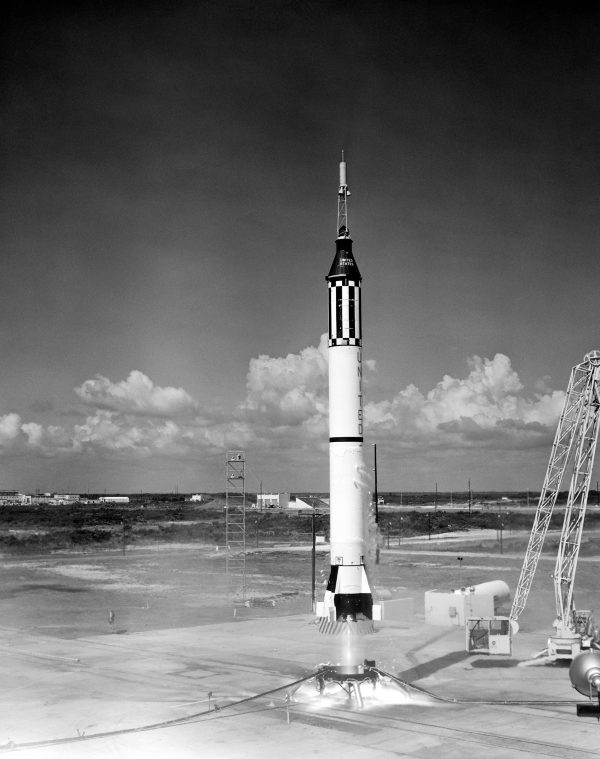 |
Launching of the Mercury-Redstone 3 (MR-3) rocket, America’s first human spaceflight from Cape Canaveral on astronaut Alan B. Shepard’s Freedom 7 suborbital mission. (© NASA)
|
Glenn landed back on Earth safely, and Johnson went on to work on computing the path that would get men to land on the Moon. At the time, Johnson was relatively unknown, but that changed when she was awarded the Presidential Medal of Freedom in 2015 for her pioneering work, the highest civilian honor in the United States.
The book “Hidden Figures” by Margot Lee Shetterly, published in 2016, detailed Johnson’s accomplishments and led to a blockbuster movie of the same name, which grossed $200 million and had three Oscar nominations. This film detailed the stories of three African American mathematicians—Katherine Johnson, Mary Jackson, and Dorothy Vaughan.
Johnson was then thrust into the limelight, and now NASA has honored the brilliant mathematician by renaming a facility in Fairmont, West Virginia, in her honor. The NASA Independent Verification and Validation Facility will now be known as the Katherine Johnson Independent Verification and Validation Facility.
“I am thrilled we are honoring Katherine Johnson in this way as she is a true American icon who overcame incredible obstacles and inspired so many,” said NASA Administrator Jim Bridenstine in a release. “It’s a fitting tribute to name the facility that carries on her legacy of mission-critical computations in her honor.”
Johnson, who is all set to turn 100 this August, is surely an inspiration to all women who are in the field of mathematics. To honor her, the West Virginia State University plans to make a bronze statue on its campus along with providing a scholarship in her name, as per Daily Press. Perhaps her legacy is set to continue in her great-granddaughter Na Kia Boykin, a third-grade student who is a natural at math.
She scored a perfect 600 on the Standards of Learning test in 2018. “I like math because I can look at a problem and figure it out,” she said at a school assembly when her efforts were recognized, Daily Press reported. “You can just look at the problem and do it. You use the numbers, and you use your brain. It’s a good challenge.”
“She’s such a challenging girl,” said Na Kia’s mother, Nicole Terry. “She challenges me a lot. She wants to excel, and she wants to fulfill things her great-grandmother says. It’s definitely rubbed off on her.”
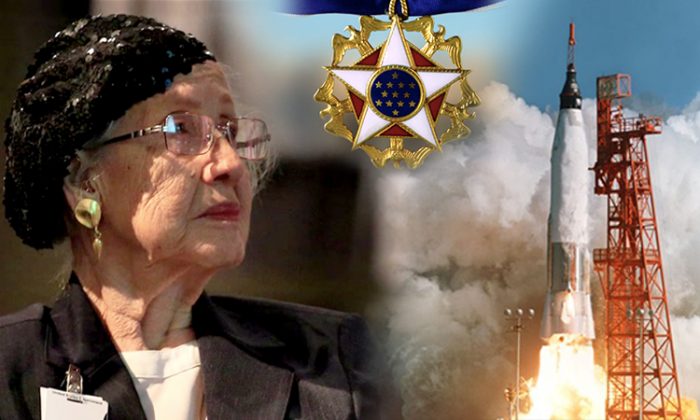
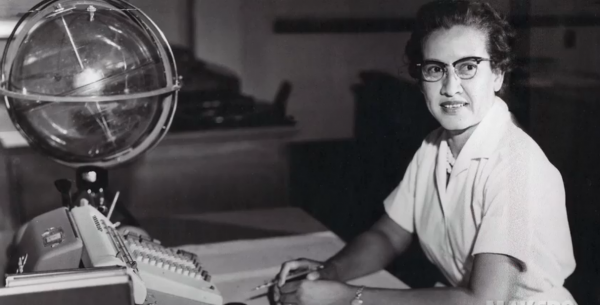
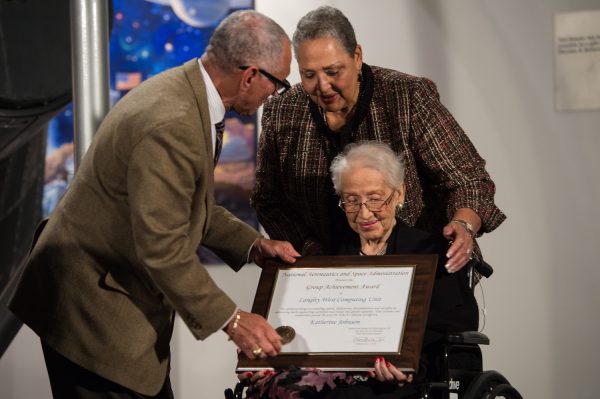
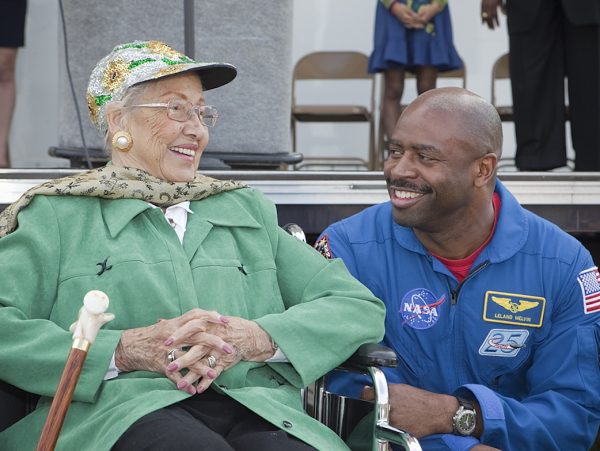
No comments